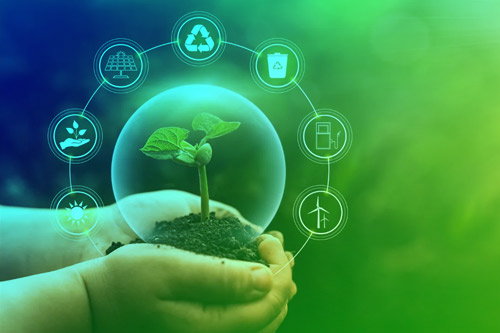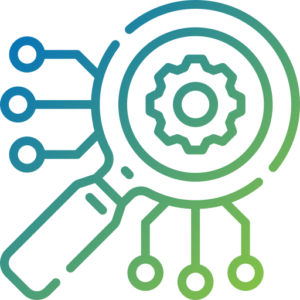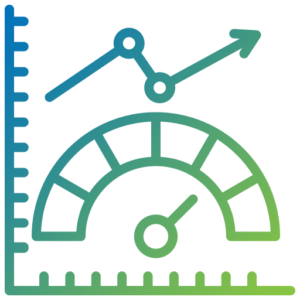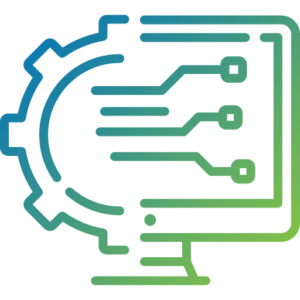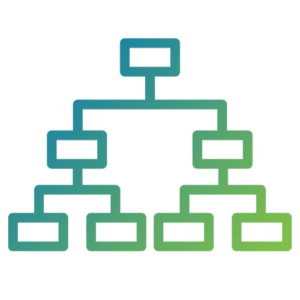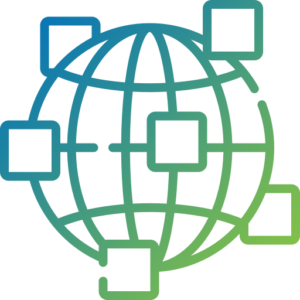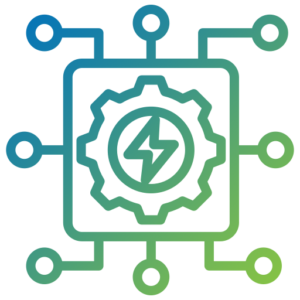By definition, sustainable: “of, relating to, or being a method of harvesting or using a resource so that the resource is not depleted or permanently damaged” (Merriam-Webster dictionary). The concept of a resource shall be applied indeed to communication networks. It sits beyond traditional thoughts on energy consumption and carbon emission – terms mistakenly advertised as the sole embodiments of sustainability. According to the United Nations Sustainable Development Goals (SDGs) [United Nations, 2020] there are 17 means posing an urgent call for action by all countries in a global partnership. As described, those goals encompass different aspects of sustainability, such as inclusive economic growth, reduced inequalities, and quality education. An example inside such a framework of common knowledge by different organizations, the access to the Internet creates an inclusive information society, improving economic growth [Galperin and Bar, 2007].
From the novelty of approaching communication networks towards a sustainable future, no clear line of sight exists yet. Tackling the enlisted issues to explore the presented goals, complex challenges emerge intertwined with the other areas of study, likewise posing solutions as much as challenges. The outcomes of SMARTNESS efforts towards sustainable networks will reverberate on the other STAs and help to reshape the biased view of sustainability commonly involved in information and communication technologies.


